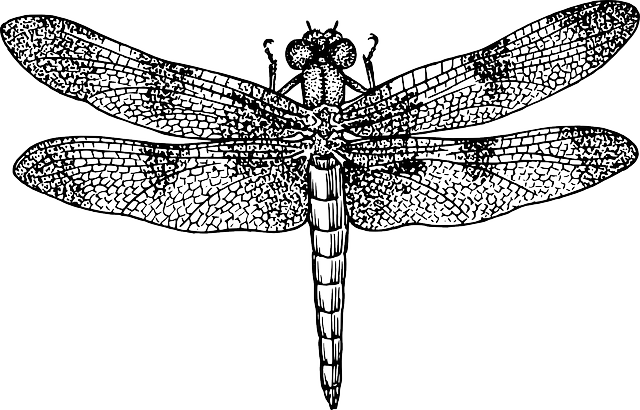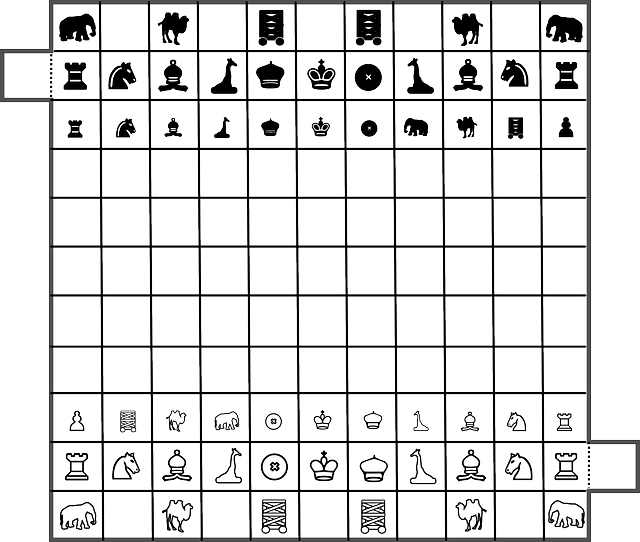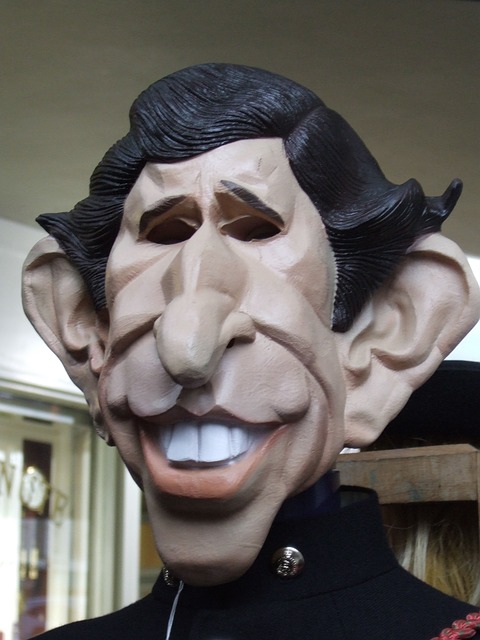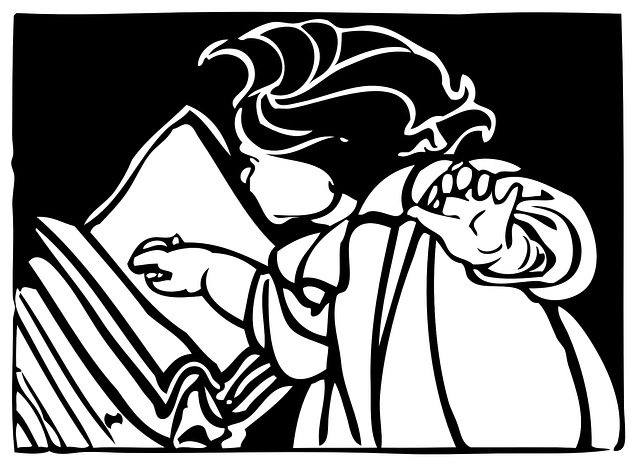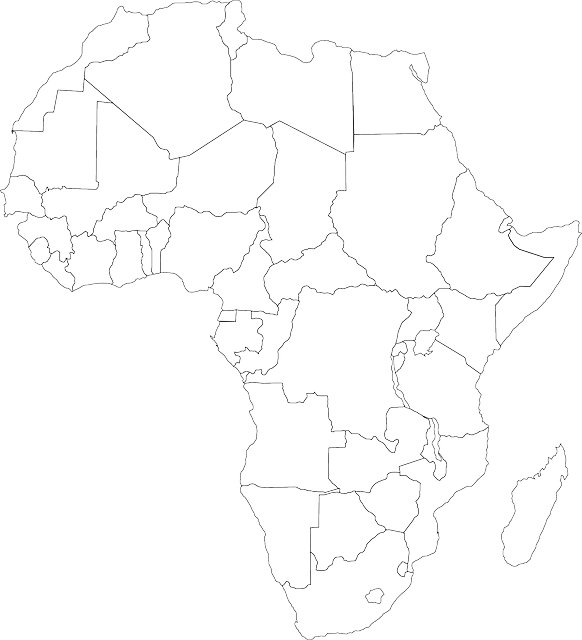كولكولكان
Kukulkan (/kuːkuːlˈkän/) ("Plumed Serpent", "Feathered Serpent") is the name of a Maya snake deity that also serves to designate historical persons. The depiction of the Feathered Serpent is present in other cultures of Mesoamerica. Kukulkan is closely related to the deity Q'uq'umatz of the K'iche' people and to Quetzalcoatl of Aztec mythology. Little is known of the mythology of this Pre-Columbian era deity.
Although heavily Mexicanised, Kukulkan has his origins among the Maya of the Classic Period, when he was known as Waxaklahun Ubah Kan (/waʃaklaˈχuːn uːˈɓaχ kän/), the War Serpent, and he has been identified as the Postclassic version of the Vision Serpent of Classic Maya art.
The cult of Kukulkan/Quetzalcoatl was the first Mesoamerican religion to transcend the old Classic Period linguistic and ethnic divisions. This cult facilitated communication and peaceful trade among peoples of many different social and ethnic backgrounds. Although the cult was originally centred on the ancient city of Chichen Itza in the modern Mexican state of Yucatán, it spread as far as the Guatemalan Highlands.
In Yucatán, references to the deity Kukulkan are confused by references to a named individual who bore the name of the god. Because of this, the distinction between the two has become blurred. This individual appears to have been a ruler or priest at Chichen Itza who first appeared around the 10th century. Although Kukulkan was mentioned as a historical person by Maya writers of the 16th century, the earlier 9th-century texts at Chichen Itza never identified him as human and artistic representations depicted him as a Vision Serpent entwined around the figures of nobles. At Chichen Itza, Kukulkan is also depicted presiding over sacrifice scenes.
Sizeable temples to Kukulkan are found at archaeological sites throughout the north of the Yucatán Peninsula, such as Chichen Itza, Uxmal and Mayapan.
Etymology
In the Yucatec Maya language, the name is spelt K'uk'ulkan (/kuː kuːlˈkän/) and in Tzotzil it is K'uk'ul-chon (/kuːˈkuːl tʃʰon/). The Yucatec form of the name is formed from the word kuk "feather" with the adjectival suffix -ul, giving kukul "feathered", combined with can "snake" (Tzotzil chon), giving a literal meaning of "feathered snake".
Kukulkan and the Itza
Kukulkan was a deity closely associated with the Itza state in the northern Yucatán Peninsula, where the cult formed the core of the state religion. Although the cult of Kukulkan had its origins in earlier Maya traditions, the Itza worship of Kukulkan was heavily influenced by the Quetzalcoatl cult of central Mexico. This influence probably arrived via Putún Maya merchants from the Gulf Coast of Mexico. These Chontal merchants probably actively promoted the feathered serpent cult throughout Mesoamerica. Kukulkan headed a pantheon of deities of mixed Maya and non-Maya provenance, used to promote the Itza political and commercial agenda. It also eased the passage of Itza merchants into central Mexico and other non-Maya areas, promoting the Itza economy.
At Chichen Itza, Kukulkan ceased to be the Vision Serpent that served as a messenger between the king and the gods and came instead to symbolise the divinity of the state.
El Castillo, Chichen Itza served as a temple to Kukulkan. During the spring and fall equinoxes the shadow cast by the angle of the sun and edges of the nine steps of the pyramid combined with the northern stairway and the stone serpent head carvings create the illusion of a massive serpent descending the pyramid.
After the fall of Chichen Itza, the nearby Postclassic city of Mayapan became the centre of the revived Kukulkan cult, with temples decorated with feathered serpent columns. At the time of the Spanish colonization, the high priest of Kukulkan was the family patriarch of the Xiu faction and was one of the two most powerful men in the city.
The cult of Kukulkan spread as far as the Guatemalan Highlands, where Postclassic feathered serpent sculptures are found with open mouths from which protrude the heads of human warriors.
Modern folklore
Stories are still told about Kukulkan among the modern Yucatec Maya. In one tale, Kukulkan is a boy who was born as a snake. As he grew older it became obvious that he was the plumed serpent and his sister cared for him in a cave. He grew to such a size that his sister was unable to continue feeding him, so he flew out of his cave and into the sea, causing an earthquake. To let his sister know that he is still alive, Kukulkan causes earth tremors every year in July.
A modern collection of folklore from Yucatán tells how Kukulkan was a winged serpent that flew to the sun and tried to speak to it but the sun, in its pride, burnt his tongue. The same source relates how Kukulkan always travels ahead of the Yucatec Maya rain god Chaac, helping to predict the rains as his tail moves the winds and sweeps the earth clean.
Among the Lacandon Maya of Chiapas, Kukulkan is an evil, monstrous snake that is the pet of the sun god.
Notes
- ^ Read & Gonzalez 2000, pp. 180-2.
- ^ Read & Gonzalez 2000, p. 201.
- ^ Freidel et al 1993, pp. 289, 325, 441n26.
- ^ Miller & Taube 1993, p. 142.
- ^ Read & González 2000, p. 201.
- ^ Freidel et al 1993, p. 325.
- ^ Freidel et al 1993, p. 478n60.
- ^ Freidel et al 1993, p. 289.
- ^ Yucatec-English Dictionary at FAMSI
- ^ Schele & Freidel 1990, pp. 394-5.
- ^ Sharer & Traxler 2006, p. 598.
- ^ Schele & Freidel 1990, pp. 361-2.
- ^ Read & González 2000, p. 202.
- ^ Gómez 1995, p. 57.
References
- Freidel, David A.; Linda Schele; Joy Parker (1993). Maya Cosmos: Three Thousand Years on the Shaman's Path. New York: William Morrow and Company. ISBN . OCLC 27430287.
- Gómez, Ermilo Abreu (1995). Leyendas y consejas del antiguo Yucatán (in الإسبانية). Mexico City: Tezontle. ISBN . OCLC 38991657.
- Miller, Mary (1999). Maya Art and Architecture. London and New York: Thames & Hudson. ISBN . OCLC 41659173.
- Read, Kay Almere; Jason González (2000). Handbook of Mesoamerican Mythology. Oxford: ABC-CLIO. ISBN . OCLC 43879188.
- Schele, Linda; David Freidel (1990). A Forest of Kings: The Untold Story of the Ancient Maya. New York: William Morrow and Company. ISBN . OCLC 24501607.
- Sharer, Robert J.; Loa P. Traxler (2006). The Ancient Maya (6th (fully revised) ed.). Stanford, CA: Stanford University Press. ISBN . OCLC 57577446.
للاستزادة
- Aveni, Anthony F. (2001). Skywatchers (Rev. and updated edn. of: Skywatchers of ancient Mexico, 1980 ed.). Austin: University of Texas Press. ISBN . OCLC 45195586.
- Carrasco, David (1982). Quetzalcoatl and the Irony of Empire: Myths and Prophecies in the Aztec Tradition. Chicago, IL: University of Chicago Press. ISBN . OCLC 0226094871.
- Graña-Behrens, Daniel; Nikolai Grube (2006). "Glossary". In Nikolai Grube (ed.) (ed.). Maya: Divine Kings of the Rain Forest. Eva Eggebrecht and Matthias Seidel (assistant eds.). Cologne, Germany: Könemann. pp. 428–439. ISBN . OCLC 71165439.CS1 maint: extra text: editors list (link)
- Milbrath, Susan (1999). Star Gods of the Maya: Astronomy in Art, Folklore, and Calendars. The Linda Schele series in Maya and pre-Columbian studies. Austin: University of Texas Press. ISBN . OCLC 40848420.
- Miller, Mary; Karl Taube (1993). The Gods and Symbols of Ancient Mexico and the Maya: An Illustrated Dictionary of Mesoamerican Religion. London: Thames & Hudson. ISBN . OCLC 27667317.




